The existence of quack grass may not be new to the gardeners. This plant often appears in the middle of green grass in the yard. Unfortunately, it is not something you want because it can cause effects for others.
However, you do not need to worry about its existence. You can control a natural plant in the right way, but to handle it well, you need to know everything about it. You can even actually take advantage of this plant.
What is Quack Grass?
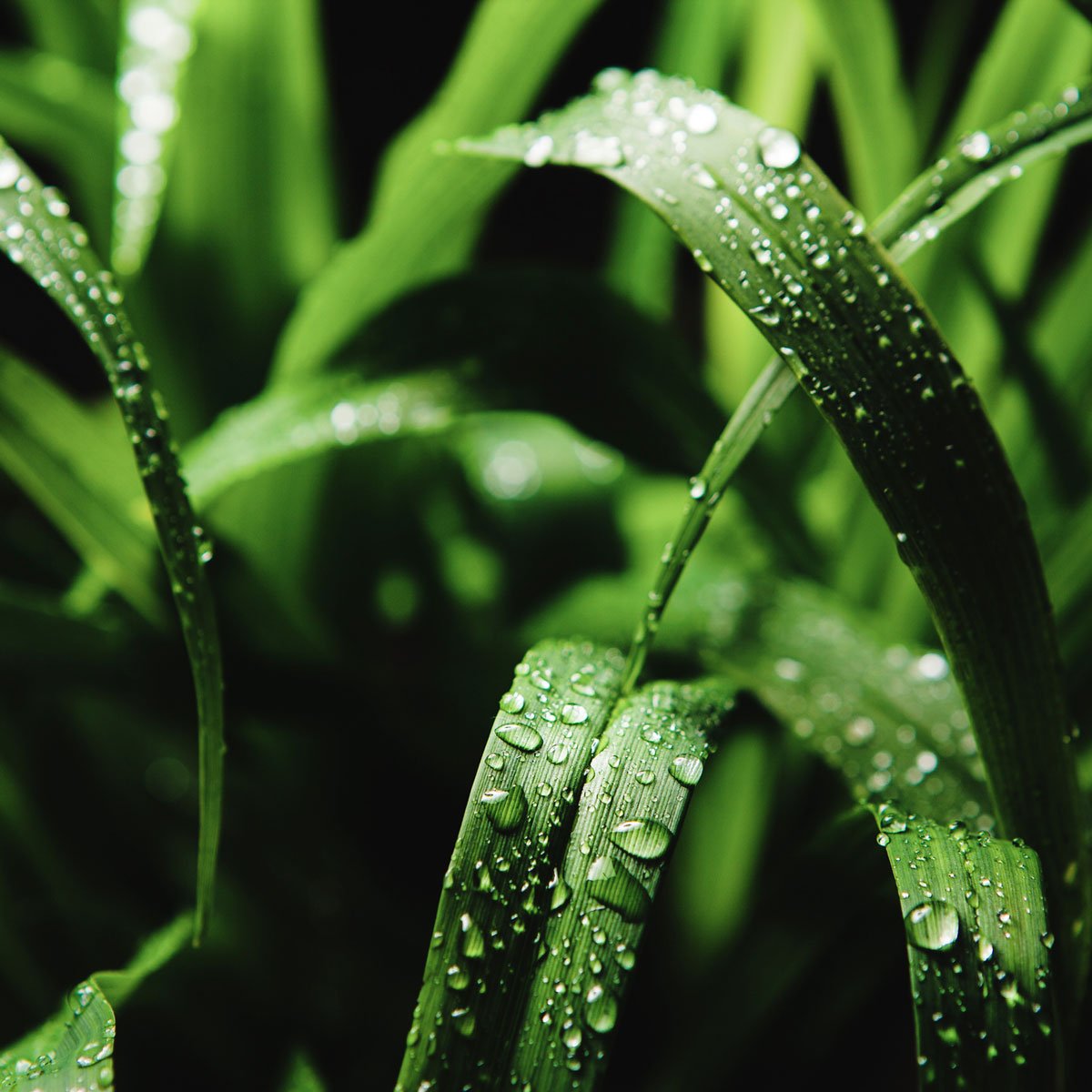
Quack grass (Elymus repens) is a perennial weed because it can survive any season. She thrives on rhizomes that can store food reserves. Its roots stretch up to 6 feet below the ground, allowing it to stay alive after being uprooted.
As explained above, it is detrimental because it will invade food in the soil. The ability to absorb nutrients will make it difficult for your plants to compete so that it is hard to grow well. On the other hand, this weed is also difficult to kill because of its resistant roots.
Quack Grass Identification
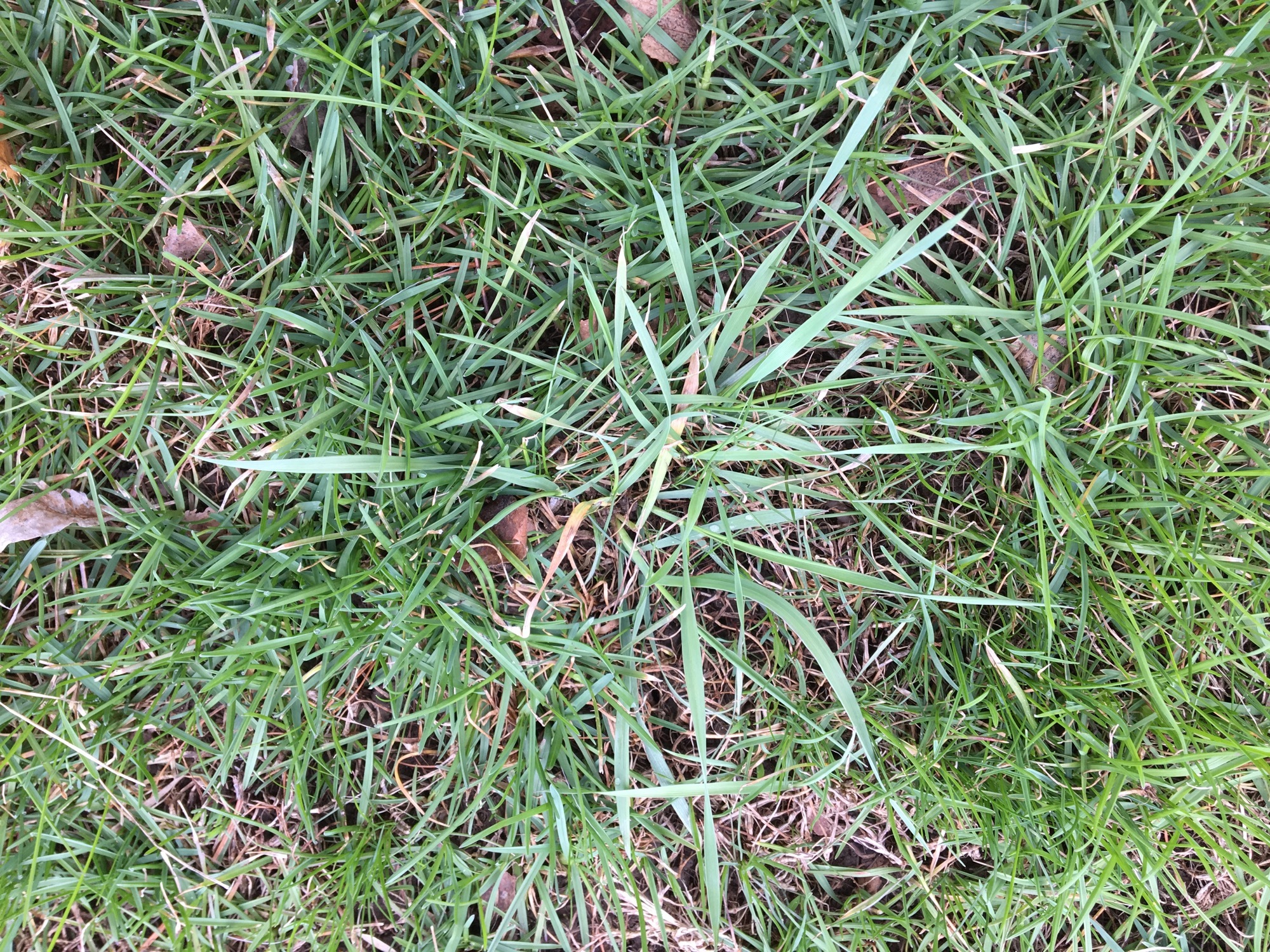
Identifying quack grass is not difficult. It looks quite different from the other grass that you plant on your lawn. The leaves appear broader, with a rough texture to the touch. Sometimes these weeds can even cause small scratches when touched.
This kind of weed also has thicker stems along with hard and long roots. When these plants uprooted, the stems and leaves will break off, but the roots remain in the soil and cause them to appear again later. For more details, you can see the quack grass pictures shown above.
Quack Grass vs. Crabgrass

Many people confuse quack grass and crabgrass because they look alike at first glance. Both are weeds because they will deplete food nutrients so that the main plant cannot develop properly. However, these two plants have very significant differences.
Quack grass is known to have high resistance. It has a very strong taproot and grows up to six feet underground. The long-lived rhizomes make it hard to eradicate. When removed, the remaining roots will survive and make them grow back from years after years.
Besides, the taproot allows it to store enough food reserves so that it can survive season after season. When winter comes, it seems to disappear but not die. The roots, full of food reserves, will last into the following season.
Crabgrass does not have the same resilience as quack grass. It would die in winter but easily reappeared when the weather got warmer. This plant is very adaptable and never fusses with soil moisture, pH, or fertility. Hence, it could grow in an extremely barren area even.
Quack Grass Removal
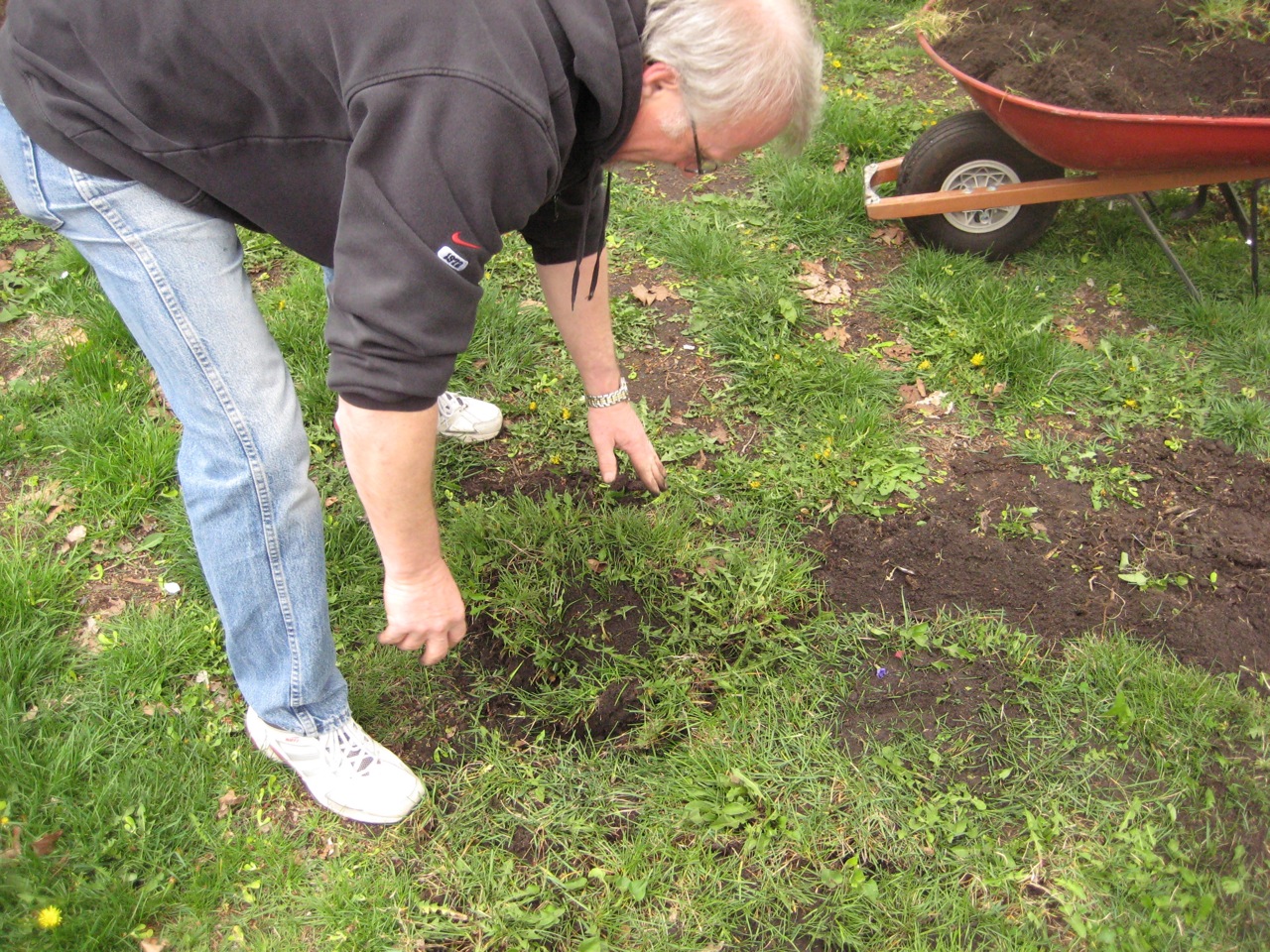
Because of their detrimental presence to the main crop, gardeners will want to get rid of them completely. However, it is not something easy to do. Pulling out will not solve the problem because the roots are still alive. However, you can try the following methods.
Choking Out Quack Grass
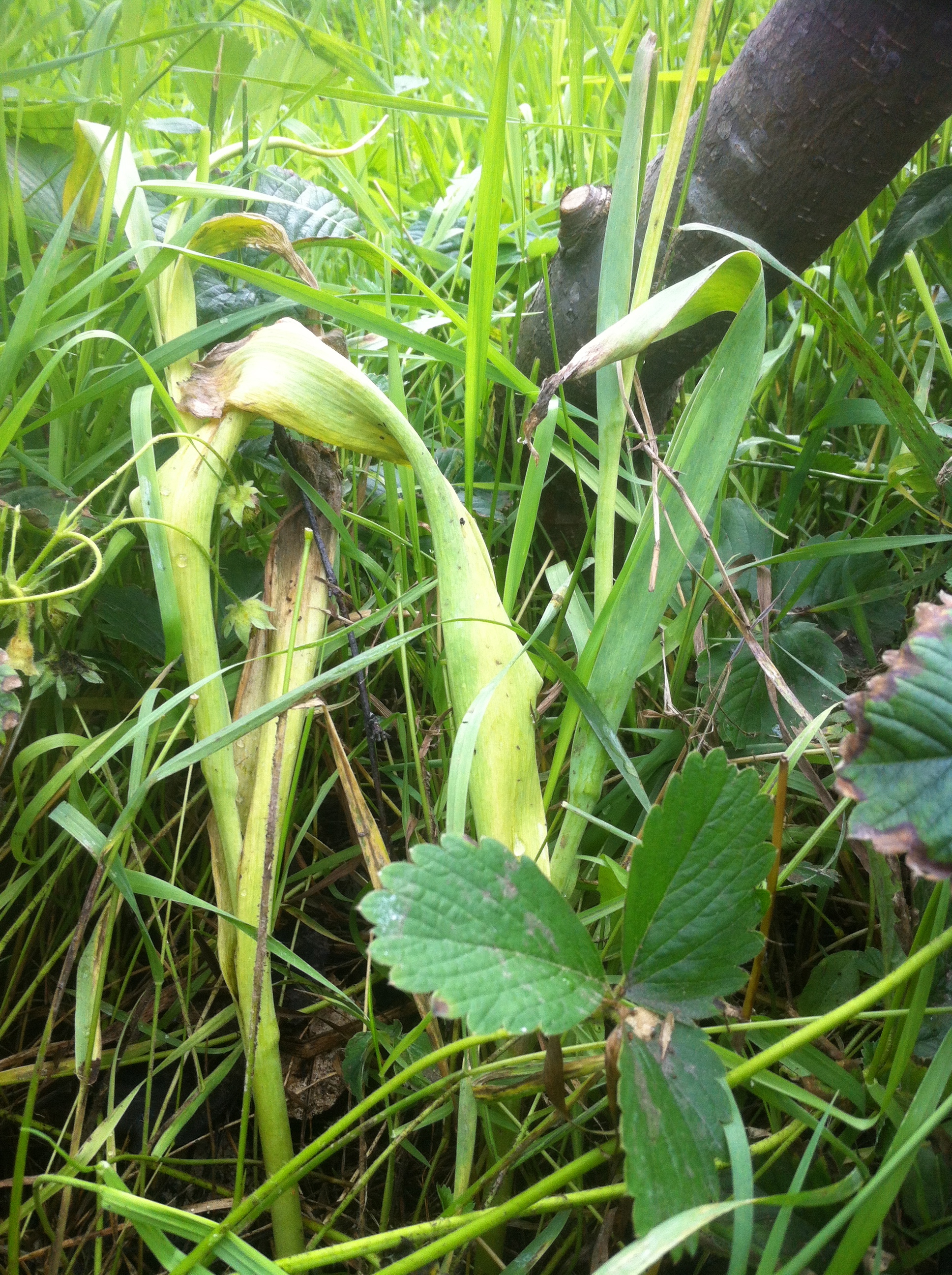
Quack grass does have tremendous competitive power in terms of nutrient absorption. However, for your information, this will only happen if the competing grass is not active enough, but if you can raise the vigor of the lawn to fight back, then this problem can be solved.
The only way is to increase soil fertility. Try using a nitrogen fertilizer of 0.25 to 0.5 pounds per 1000 feet of soil. Do this twice a week during the growing season. When summer comes, stop this process first.
Afterward, try to observe the progress in the following season. If this program carried out properly, the weeds have a smaller structure than before. Try to do this process again in the next growing season until the unwanted plants are gone.
Using Quack Grass Herbicide
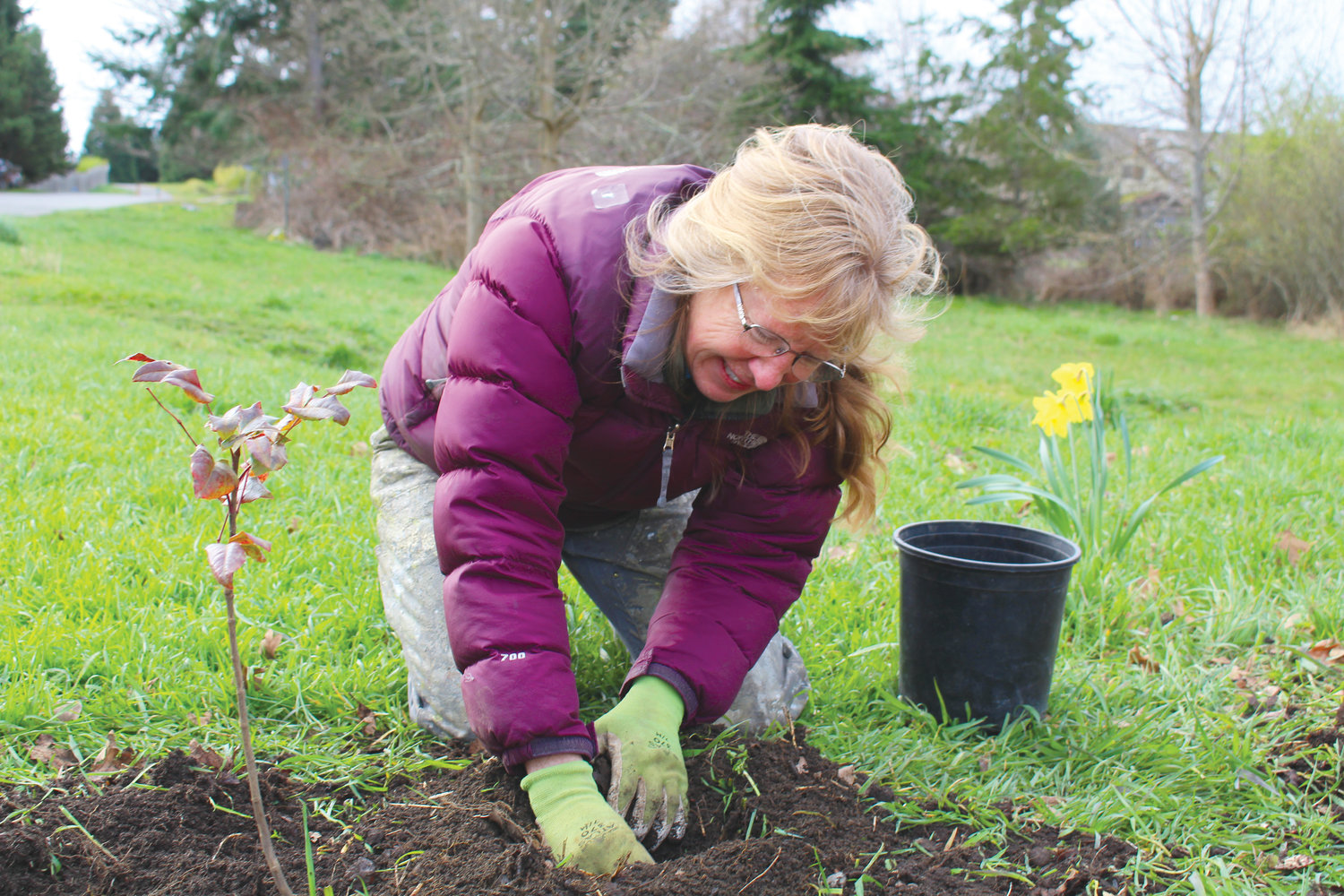
Quack grass is hard to eradicate because of its vigorous rhizome system. Therefore, the only way to deal with it is to make sure the roots get the herbicide intake. Thus, his strength would slowly weaken and die.
This process may take some time because the roots are quite long. However, if done regularly, weeds will slowly react and begin to lose the strength to absorb nutrients. You can choose from several post-emergent herbicides that suit this purpose.
The problem is, while you try to poison them, the other plants will die too. Therefore, if you use this method, maybe you have to get rid of your plants first until the quack grass is completely gone.
Painting Roundup on Quack Grass
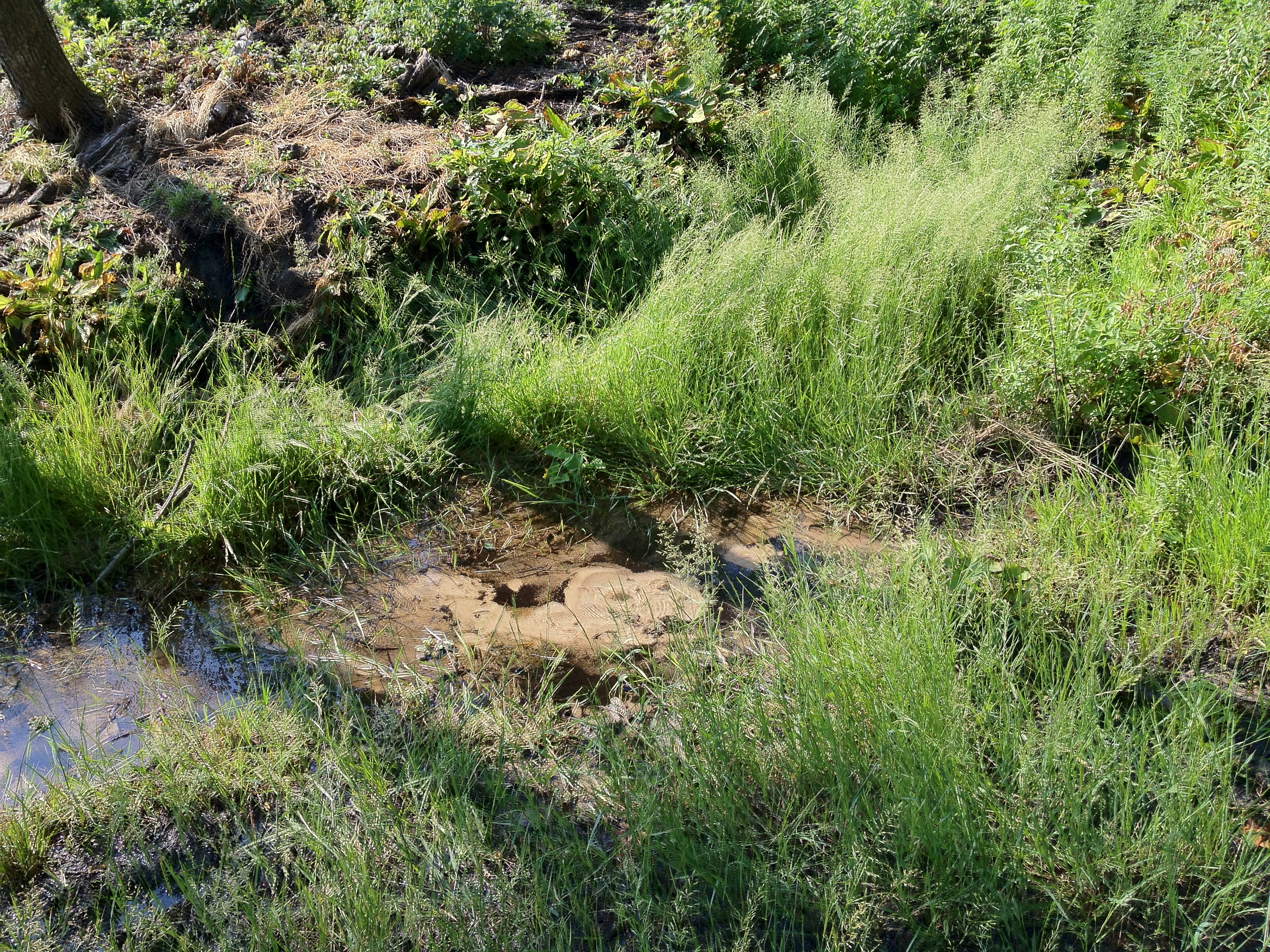
The roundup (glyphosate) is the best non-selective herbicide to fight against the quack grass. However, note that these chemicals will also kill any plants it comes across. Although extreme, this method is the single most effective way to get rid of weeds.
To get maximum results, you need to use it in fall or spring, before planting. Do it at least twice, with an application interval of 14 days. You can start planting seven days after the second application.
However, the results will also depend on several factors, including the stage of plant growth, plant strength, air temperature, and several factors that affect fertility. The painting roundup on quack grass is best around 16 degrees C. Hotter weather will reduce the effectiveness of the herbicide.
Do It Manually
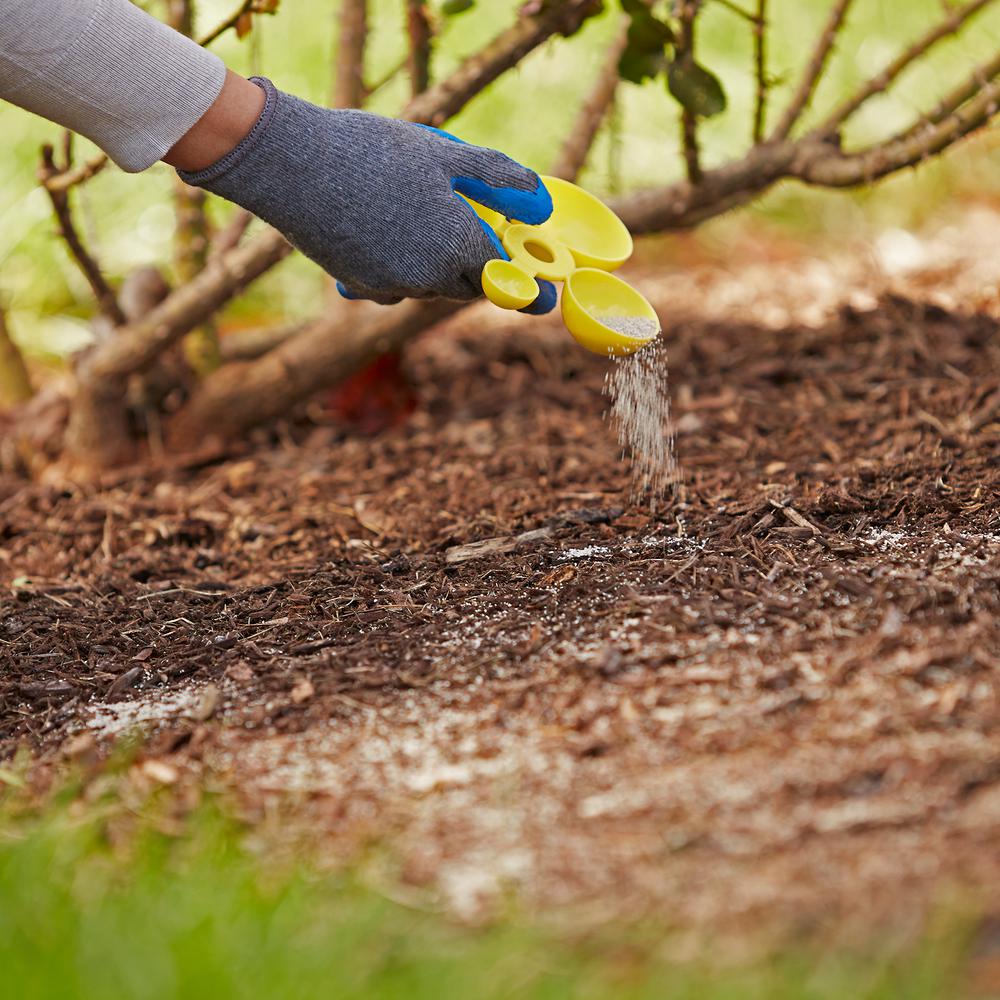
Clearing the soil is not easy. If the methods above are less convenient, you can also do it manually. However, of course, you will need more time to make sure the land is safe. The steps to take are as follows.
- Remove all the plants that you have planted. Temporarily let it grow in another place, such as a pot. If you have enough, it might take a little bit of work.
- After everything is safe, try to check the soil conditions. Check if any roots are left there. Remove them as much as possible.
- You can start applying weed killers, herbicides, plant-killing chemicals, or even hot water to the soil. Leave it for one week.
- One week later, check the soil condition to see if there are weeds left. If no roots of quack grass appear, then you can plant again. If it is still there, you can repeat the steps above.
Using Vinegar to Kill Quack Grass

Another option you can apply is to use vinegar. This method is quite effective at getting rid of crabgrass, but it needs a little special treatment to treat quack grass. If not, this method will be useless. Sometimes, it’s useful for removing potato bug too.
To get rid of this grass, you need vinegar that is 10 percent acidic. Its use must be careful because it is very corrosive and can cause burns when in contact with the skin. These are the steps to take:
- Do this method during the rainy season.
- Mix 1 gallon of vinegar with a glass of orange oil until evenly distributed.
- Spray the mixture on the ground while the sun is shining.
- Wait a while until the rain comes.
- After the rain stops, see the results. Repeat the method if the weeds are not gone.
Quack Grass Control
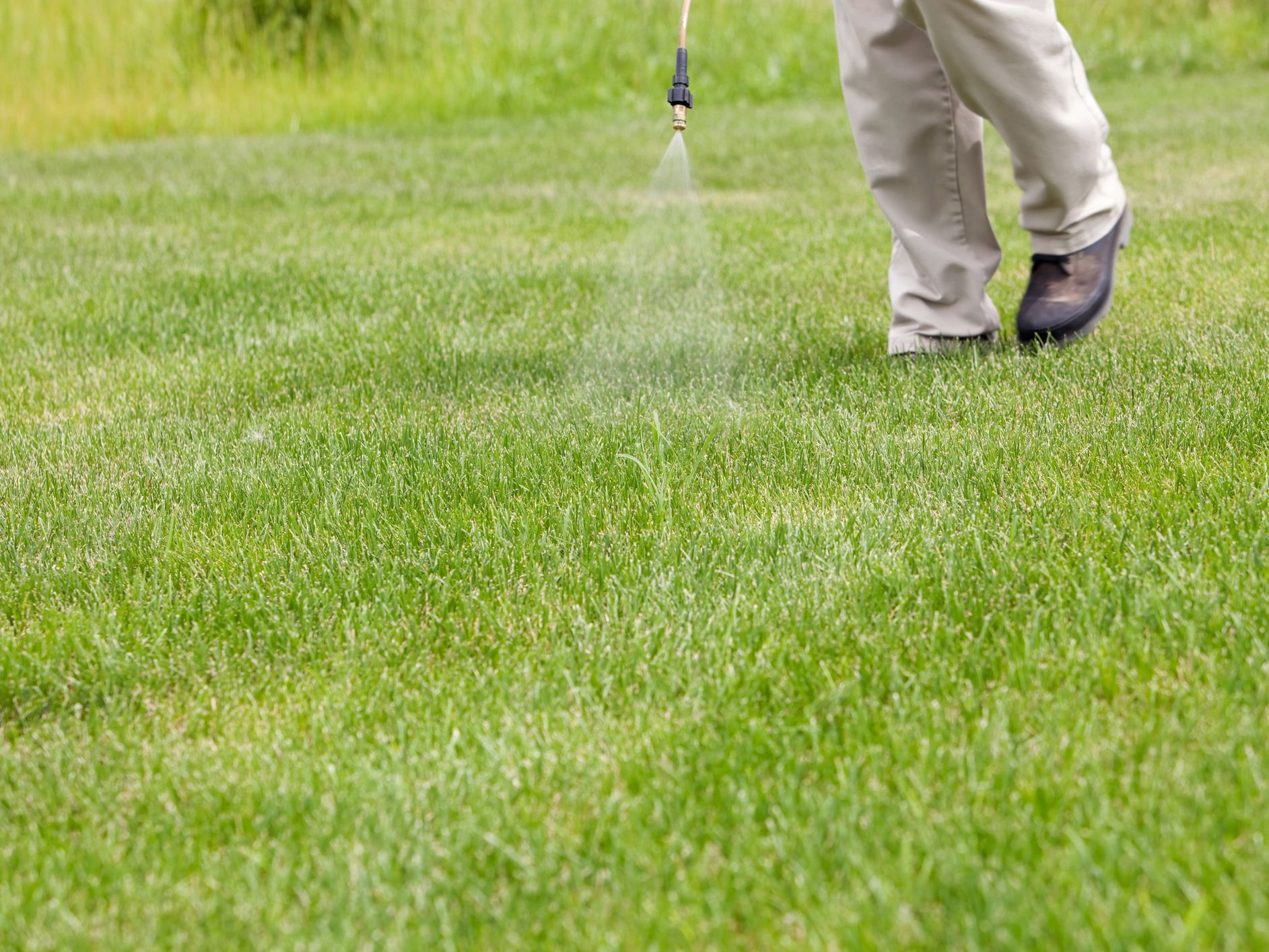
It is not easy to get rid of crazy quack grass. The methods above are to eradicate weeds so that they no longer disturb the plants, but if exterminating is too extreme, then control your land. Some of the ways that to take are as follows.
Early Checking

Prevention is better than cure. This adage might also work well in gardening. Instead of eradicating it, expelling from scratch will be better. Pre-checking is a necessary thing to do before planting.
You need to check whether the seeds are completely clean of weeds. You may not be able to find it when you just put it on the ground, but they can be recognized early on.
As the plants begin to grow, watch for any unusual plants among the growing grass. If you notice any seeds, pull them out before they get stronger and start invading the land.
Controlling Quack Grassy by Boiling Water

Even if you do not completely kill it, you can at least reduce the growth. One way to do this is to pour boiling water over the area you want to clean.
This method will help damage the living cells that are affected so that they dry out and possibly die, but be careful doing it because it can kill other organisms in the soil.
Eating Them
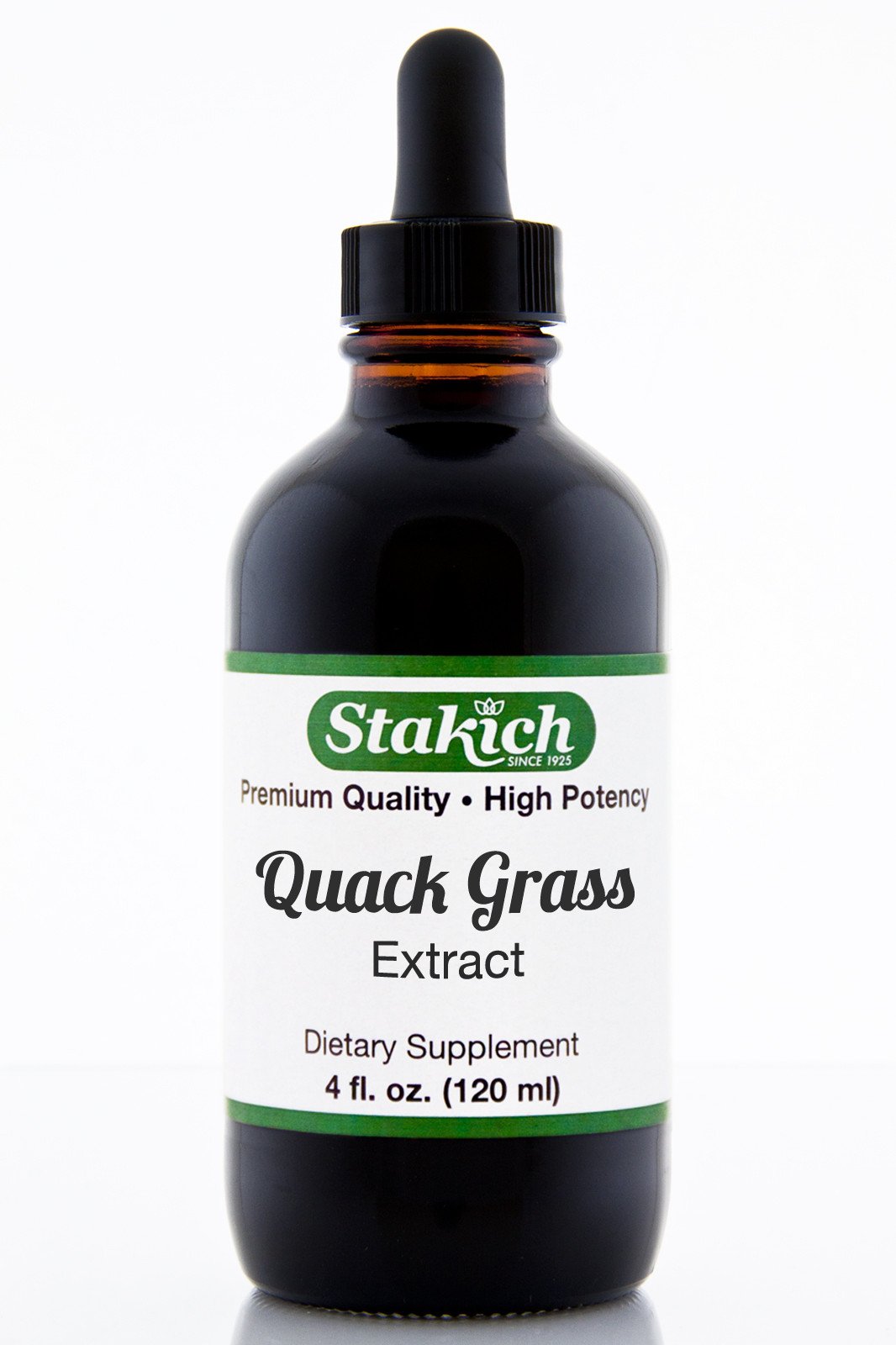
Who says that quack grass is useless. Instead of bothering to exterminate it, why do you not try it as a food ingredient? The raw rhizomes have a sweet taste and contain fiber. You can also turn it into a variety of drinks, such as syrups, substitutes for coffee, beer, and even juices.
Just Doing Nothing
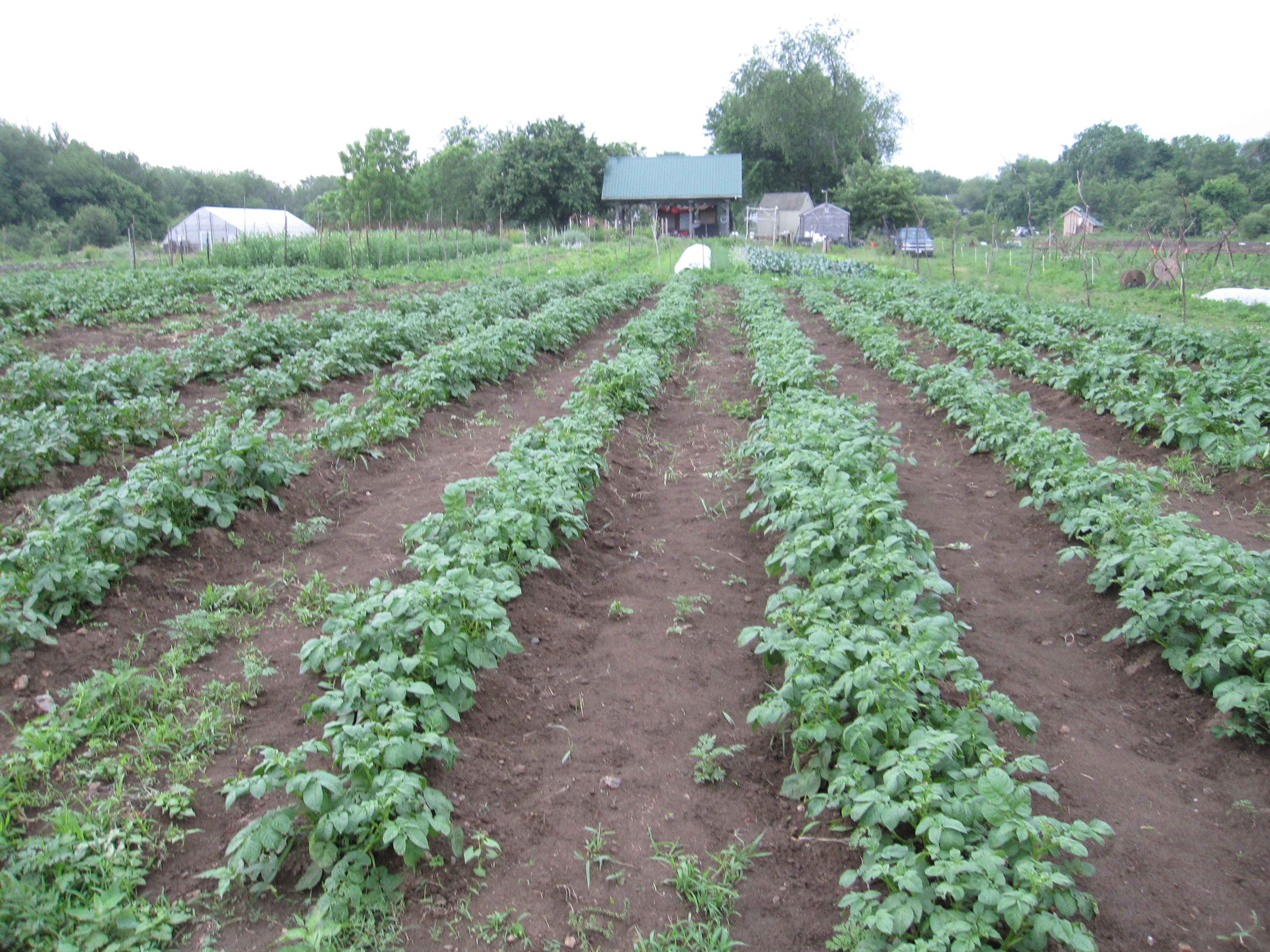
If you do give up on the quack grass, in the end, it’s not a bad idea to stop getting rid of it either. Instead of spending money and effort on useless things, why not let them grow on your lawn. You can try to treat it to make it look more beautiful.
Weeds are indeed the main enemy of the gardeners, but after reading the reviews above, you can begin to imagine what to do when dealing with quack grass. You can choose between fighting and making friends with them.